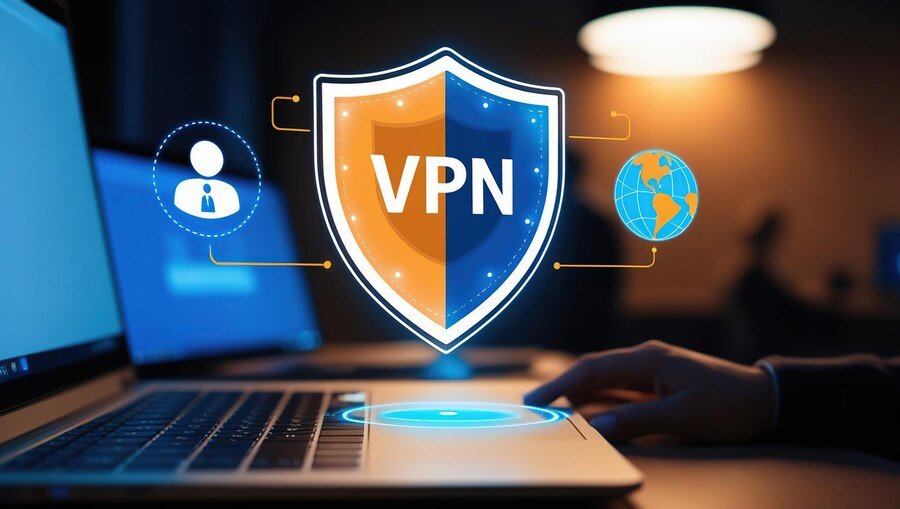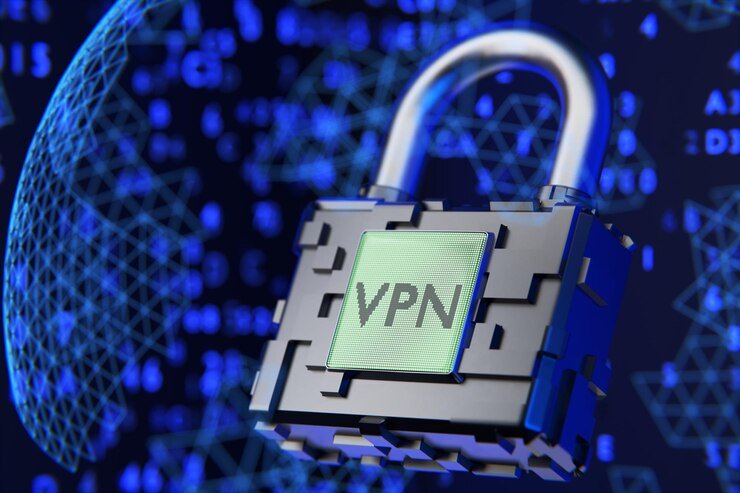
Have you ever found yourself needing to know your IP address but not quite sure where to look? You’re not alone! Whether for troubleshooting network issues, setting up a home server, or simply wanting to check your privacy settings, knowing how to find your IP address is essential. Understanding this unique identifier can empower you in navigating the digital landscape. Dive into this guide and discover just how easy it is to findmyip—no tech wizardry required!
What is an IP Address?
An IP address, or Internet Protocol address, is a unique string of numbers assigned to each device connected to the internet. Think of it as your home address in the digital world. Just like mail needs an address to reach you, data packets require an IP address to find their way through networks.
IP addresses come in two main versions: IPv4 and IPv6. The older IPv4 format consists of four sets of numbers separated by periods (e.g., 192.168.1.1). With the growing number of devices online, IPv6 was introduced, featuring a longer alphanumeric structure that can accommodate virtually limitless addresses.
Each time you connect to the internet—whether via Wi-Fi or wired connections—your device receives its own IP address from your Internet Service Provider (ISP). This allows websites and services to identify where requests originate and send responses back effectively.
Why You Need to Know Your IP Address
Understanding your IP address is essential for various reasons. First, it’s the unique identifier for your device on a network. This means that every time you connect to the internet, your IP helps websites and services recognize where requests are coming from.
Knowing your IP can also assist with troubleshooting connectivity issues. If you’re experiencing slow speeds or dropped connections, pinpointing the problem often starts by checking this vital number.
Moreover, many online services require an IP address for account verification or location-based content access. Without knowing yours, you could miss out on important features tailored specifically to you.
Security is another crucial aspect. Being aware of your IP allows you to monitor any unauthorized access attempts or unusual activities linked to it. Understanding its role in privacy settings can open up opportunities for better safeguarding measures against cyber threats as well.
The Importance of Knowing Your IP Address
Knowing your IP address is crucial for various reasons. It serves as a unique identifier for your device on the internet, allowing it to communicate with other devices.
If you’re troubleshooting network issues, your IP address becomes essential. It helps pinpoint where problems may lie—whether it’s at home or in a larger network.
For gamers, having the right IP information can enhance connectivity and reduce lag during online sessions. A stable connection often hinges on knowing this basic detail.
Additionally, if you’re setting up a VPN or need to configure specific settings in your router, understanding how to find and use your IP address is key.
Awareness of your public and private IP addresses contributes significantly to securing personal data while navigating online spaces.
How to Find Your IP Address on a Windows PC
Finding your IP address on a Windows PC is straightforward. First, click the Start menu and type “cmd” in the search bar. This opens the Command Prompt.
Once it’s open, type “ipconfig” and hit Enter. A list of network details will appear.
Look for “IPv4 Address.” That’s your local IP address. It usually begins with 192 or 10 depending on your network setup.
If you’re looking for your public IP address, you’ll need to check online. Simply open a web browser and search for “findmyIP” or visit a site specifically designed for this purpose.
Remember that knowing both addresses can be beneficial, especially when troubleshooting connectivity issues or setting up networks at home.
How to Find Your IP Address on a Mac
Finding your IP address on a Mac is straightforward. Start by clicking the Apple icon in the top-left corner of your screen.
Next, select “System Preferences” from the dropdown menu. A new window will pop up with various options.
Click on “Network.” Here, you’ll see a list of connections on the left side. Choose the active connection—either Wi-Fi or Ethernet.
Once selected, look for “IP Address” displayed in the right panel. It’s usually presented clearly under your connection status.
If you’re using Wi-Fi and need more details, click on “Advanced,” then navigate to the TCP/IP tab. Your IP address will be easily visible here too.
This method allows you to quickly find what you need without any hassle. It’s simple and efficient!
How to Find Your IP Address on a Mobile Device
Finding your IP address on a mobile device is straightforward. Whether you are using an Android or iOS, the steps are easy to follow.
On an Android phone, start by navigating to “Settings.” Scroll down and tap on “About Phone” or “About Device.” Look for “Status” or “Network,” and there you’ll see your IP address listed among other details.
For iPhone users, open the “Settings” app. Tap on “Wi-Fi,” then select the network you’re connected to. Your IP address will be displayed under the DHCP section.
Remember that your mobile device may have both a local (private) and public (external) IP address depending on whether you’re connected via Wi-Fi or cellular data.
Knowing how to find this information can help when troubleshooting connectivity issues or setting up devices that require specific permissions.
Why You Might Need to Change Your IP Address
There are several reasons you might want to change your IP address. One common reason is to enhance your privacy online. Your IP can reveal your approximate location, making it easier for others to track you.
If you’re encountering geo-restrictions on certain websites or streaming services, changing your IP allows access to content available in other regions. This can expand your entertainment options significantly.
You may also need a new IP if you’re facing connection issues with specific sites or services. Sometimes, resetting it can resolve network problems that disrupt browsing experiences.
Switching up your IP periodically adds an extra layer of security against potential threats and hacking attempts. By changing it regularly, you make yourself a less predictable target for cybercriminals looking for vulnerabilities.
Troubleshooting Common Issues with Finding Your IP Address
Finding your IP address can sometimes be tricky. If you’re having trouble, start by checking your network connection. Ensure that you’re connected to Wi-Fi or wired internet; a disconnected device won’t reveal an IP.
If you’re on a Windows PC and nothing seems to work, try using the Command Prompt. Type “cmd” in the search bar, then input “ipconfig.” This command should display all relevant information.
For Mac users, navigating through System Preferences is usually straightforward. However, if it doesn’t show up as expected, ensure that your network settings are correct.
Mobile devices can pose their own challenges too. In some cases, accessing the settings may differ depending on whether you’re using iOS or Android—be aware of these variations.
Consider that firewalls and VPNs might obscure your actual findmyip address. Temporarily disable them to see if they are causing any issues during your search for findmyip.
Protecting Your IP Address and Privacy Online
Protecting your IP address is essential for maintaining your online privacy. When you browse the internet, your IP can reveal a lot about your location and habits.
Using a Virtual Private Network (VPN) is one effective way to shield this information. A VPN encrypts your data and masks your true IP address, making it difficult for anyone to track you.
Additionally, consider using Tor or other anonymizing services. These tools route your connection through multiple servers, further obscuring where you’re coming from.
Be cautious of public Wi-Fi networks too; they can expose you to various risks. Avoid accessing sensitive information on these connections without protection.
Regularly check the privacy settings on social media platforms and websites as well. Many collect data tied to your findmyip—staying informed helps safeguard personal information from unwanted eyes.
Conclusion
Knowing how to findmyIP address is an essential skill in our digital world. Whether you are troubleshooting network issues, setting up a new device, or enhancing your online privacy, understanding this fundamental aspect of internet usage can be incredibly beneficial.
From Windows PCs to Mac systems and mobile devices, the methods for locating your IP address are straightforward and uncomplicated. If you’re looking to change your IP address due to privacy concerns or connectivity problems, there are options available that can help.
Moreover, protecting findmyip address is crucial in safeguarding your personal information online. By being aware of potential risks and taking appropriate measures like using VPNs or proxies, you can enhance both security and anonymity while browsing the web.
Arming yourself with knowledge about finding and managing findmyip address opens up a world of possibilities when it comes to navigating the internet safely and effectively. So go ahead—take charge of your online presence!
RELATED POSTS
View all


